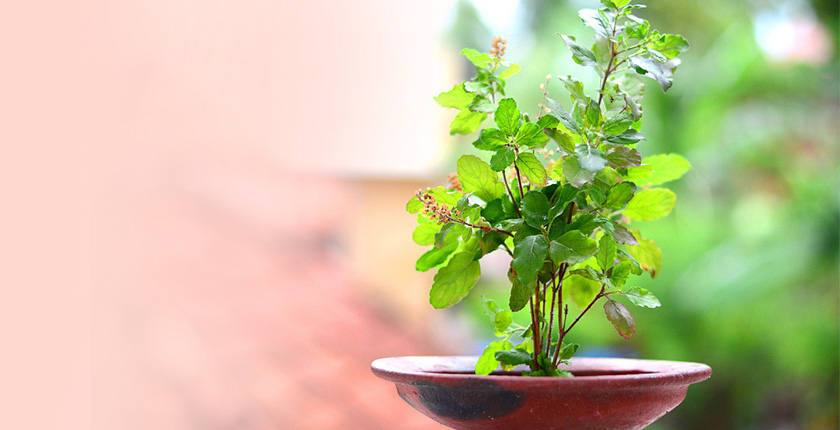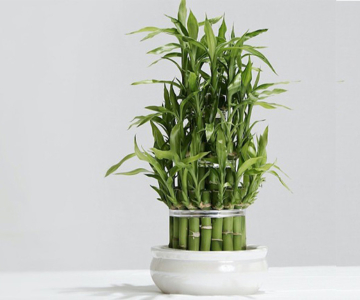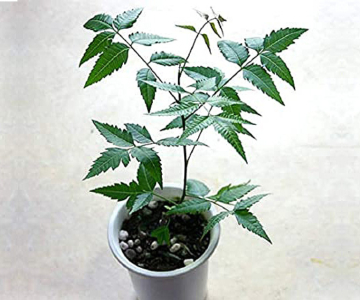It is a well-known fact that green plants and trees add beauty and also help to cleanse the air we breathe. Vastu Shastra plants and trees can bring positivity and harmony to your house. The Tulsi plant holds a heavenly spot in Hindu culture and is regularly decorated by individuals from the family. Keeping a Tulsi plant at home can be very useful as the leaves emanate a gigantic measure of oxygen. The best place to plant it is either in the North or East or even the combination. No wonder tulsi plants are thought to have positive energy and It is also a superb air purifier which is why its role in Vastu Shastra is highly considered. Make sure that the Basil plant receives ample air and sunlight. The holy basil plant creates a pleasant aroma, which keeps the surroundings fresh.
The holy basil plant Known as the queen of herbs, more commonly known as tulsi, is considered to be auspicious and pure according to Vastu. The holy basil has powerful spiritual energy, thereby emitting positivity. The holy basil has a lot of medicinal benefits which can keep you safe from various seasonal diseases such as common cold, flu, and cough. The holy basil keeps mosquitoes away with its mosquito-repellent property. It should be planted in the east or northeast direction. You can keep either of these two differences of the Tulsi plant at home.
The Tulsi with dim green or purple leaves and the purple stem is called ‘Shyama-Tulsi’ or ‘dull Tulsi’ or ‘Krishna-Tulsi’. It is related to Lord Krishna in light of the fact that its purple tone is like Lord Krishna’s dull composition. Shyama Tulsi is otherwise called Krishna Tulsi is the Tulsi variation with remarkable restorative advantages like a remedy for throat contaminations, skin illnesses, ear hurt, nasal injuries, and respiratory issues. Rama Tulsi Is familiar with its healing benefits and is used for religious reasons. The taste of the Tulsi leaves is sweeter than other Tulsi forms. Both Shyama and Rama Tulsi plants are generally popular for their medicinal properties.
As per cultivating specialists, the plant ought to be put near a window that is warm and bright. It requires just about six to eight hours of daylight during the day. Thus, the grower must be set where it would have the option to get a great deal of sunlight. It can be developed inside if it gets appropriate daylight. You can keep it almost to a window that gets the most extreme sunshine. Besides, the inside ought to be warm and the dirt ought to be kept soggy, to permit the tulsi to sprout and spread its scent. Make sure you prune the plant regularly and Add organic fertilizers to keep it green and healthy. The presence of tulsi plants helps in eliminating stress.











